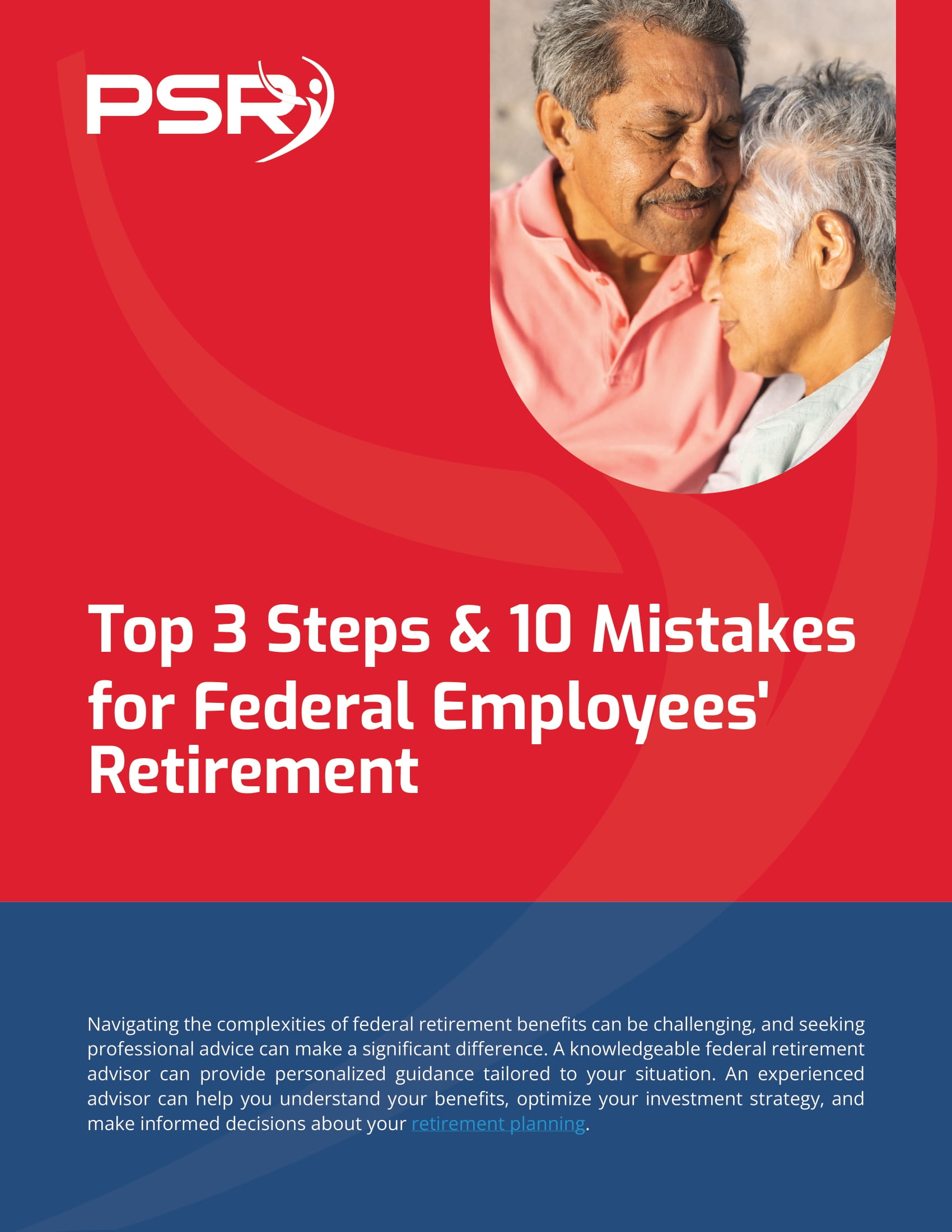Key Takeaways:
- Many federal employees find the old Civil Service Retirement System (CSRS) still holds value, offering unique benefits compared to its successor, the Federal Employees Retirement System (FERS).
- Despite its closure to new employees in 1987, CSRS provides substantial pension benefits to those who are still eligible, making it an attractive option for long-term retirees.
Fed up with FERS? Here’s why CSRS Still Matters
- Also Read: Divorce and Your Federal Pension—What Happens When You Split Assets and How It Could Affect Your TSP
- Also Read: What Happens to Your Federal Benefits After Divorce? Here’s the Lowdown
- Also Read: The Best FEHB Plans for 2025: Which One Fits Your Lifestyle and Budget the Best?
What’s the Difference Between FERS and CSRS?
To understand why some federal employees still cherish their CSRS benefits, it’s important to first break down the basic differences between CSRS and its replacement, FERS.
CSRS, established in 1920, was the primary retirement system for federal employees until the mid-1980s. It was a pension-based system where the government made most of the contributions to an employee’s retirement fund. In exchange for these benefits, employees contributed a percentage of their salary towards their pension, but they did not pay Social Security taxes.
FERS, which replaced CSRS in 1987, operates differently. It combines Social Security benefits, the Federal Thrift Savings Plan (TSP), and a more modest government pension. Employees under FERS contribute to Social Security and can also grow their TSP investments with government matching.
Why Does CSRS Hold Appeal in 2024?
So, why does CSRS still have such a strong following in 2024? The answer lies in its generous pension benefits and the sense of stability it offers long-term employees who have remained in the system.
-
Higher pension percentages: CSRS typically offers larger pension benefits. For those who stayed with CSRS, their pension is calculated at a higher rate than the pension component of FERS. The formula for CSRS pension benefits is based on the number of years of service and salary, leading to larger payouts for retirees with long tenures.
-
No Social Security deductions: Unlike FERS, CSRS retirees don’t have to contribute to Social Security, and many also do not receive Social Security benefits based on their federal service. This might sound like a downside, but the tradeoff was worth it for many workers because the pension they receive through CSRS tends to be more than sufficient.
-
Cost-of-living adjustments (COLAs): CSRS pensions include full cost-of-living adjustments (COLAs), ensuring that retiree pensions keep up with inflation. In comparison, FERS retirees receive reduced COLAs, which can impact purchasing power over time. In 2024, with inflation on everyone’s mind, this difference in COLA protection is more important than ever.
Who Benefits the Most from CSRS?
The select group of employees still benefiting from CSRS tends to be those who have spent the majority of their careers in federal service. Since the system was closed to new enrollees in 1987, only those who were already part of the federal workforce before then remain eligible for CSRS.
For many of these long-term employees, the stability and predictability of their CSRS pension provide peace of mind, especially in retirement. The significant COLA adjustments mean that retirees under CSRS are less likely to see their standard of living erode due to inflation.
While it’s true that FERS has its own advantages — particularly the TSP and government matching — there’s a strong case for the simplicity and security that CSRS offers its remaining participants.
Should You Switch from FERS to CSRS?
Unfortunately, for most federal employees today, switching back to CSRS is no longer an option. The system was closed to new employees as part of sweeping retirement reforms in 1987, and no provisions exist for transitioning from FERS to CSRS.
For those who are frustrated with FERS, it’s essential to explore the retirement savings options you do have. Maxing out contributions to the Thrift Savings Plan, taking advantage of Social Security, and building a diversified portfolio are ways to secure a stable retirement under FERS.
How is CSRS Funded?
CSRS is a defined-benefit pension plan, meaning retirees receive a specific amount of money based on their years of service and salary history. The government funds these pensions largely through contributions from both employees and the government itself.
Although the system has been closed for new enrollees since 1987, it remains fully funded for existing participants. This means that as long as there are employees who are still eligible for CSRS, the government will continue to pay out pensions. While the number of CSRS recipients is declining as retirees pass away, the system remains financially solvent.
What Are the Financial Implications for CSRS Retirees in 2024?
For retirees in 2024, one of the most significant advantages of CSRS is the full COLA adjustments, as inflation rates continue to fluctuate. In contrast, FERS retirees are often faced with reduced COLAs, which can make budgeting for long-term retirement more challenging.
In an era where retirement savings often need to be stretched further than before, CSRS retirees are in a relatively comfortable position. Their pensions, which are based on a fixed formula tied to their highest earnings years, combined with the full COLA protection, provide a financial cushion that FERS retirees may envy.
Is CSRS a Better Deal than FERS?
It’s easy to look at the more substantial pension benefits offered by CSRS and conclude that it’s a better deal than FERS, but that’s not always the case. FERS has a number of benefits that can’t be ignored, particularly for younger employees or those who change jobs throughout their careers.
One of the primary advantages of FERS is the Thrift Savings Plan (TSP), which allows for greater personal control over retirement savings. Employees under FERS can also benefit from government matching on their TSP contributions, something that CSRS retirees don’t have access to.
In 2024, as federal employees weigh the pros and cons of their retirement options, it’s essential to consider both the stability of the CSRS pension and the flexibility of the FERS system. Each has its merits, but the real decision comes down to personal priorities and career length.
Still in CSRS? Maximize Its Value
For those fortunate enough to still be in CSRS, there are ways to maximize the benefits this system offers. Ensuring that you have a clear understanding of your pension calculations and staying up-to-date with any potential changes to COLA adjustments is crucial. Additionally, even though CSRS retirees don’t contribute to Social Security, exploring spousal benefits or private retirement investments could provide an extra layer of financial security.
Why CSRS Will Always Matter
Although CSRS is a relic of the past, its impact on federal retirees remains significant. As 2024 continues to see economic fluctuations, those who are still under CSRS can count on stable and predictable benefits that many FERS retirees might find enviable. If you’re a federal employee nearing retirement, knowing what you missed — or still have — can help you make better decisions about your future.












